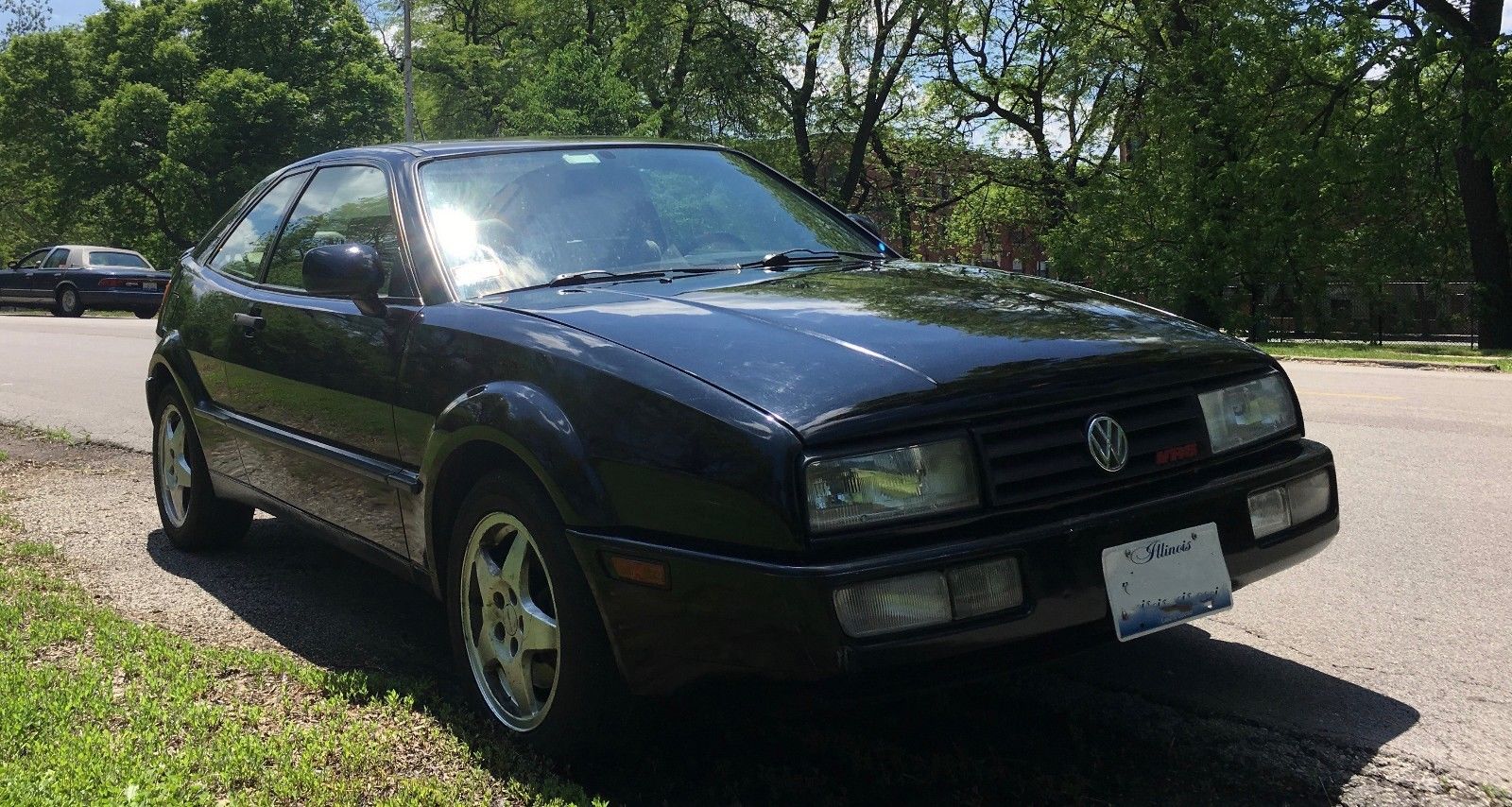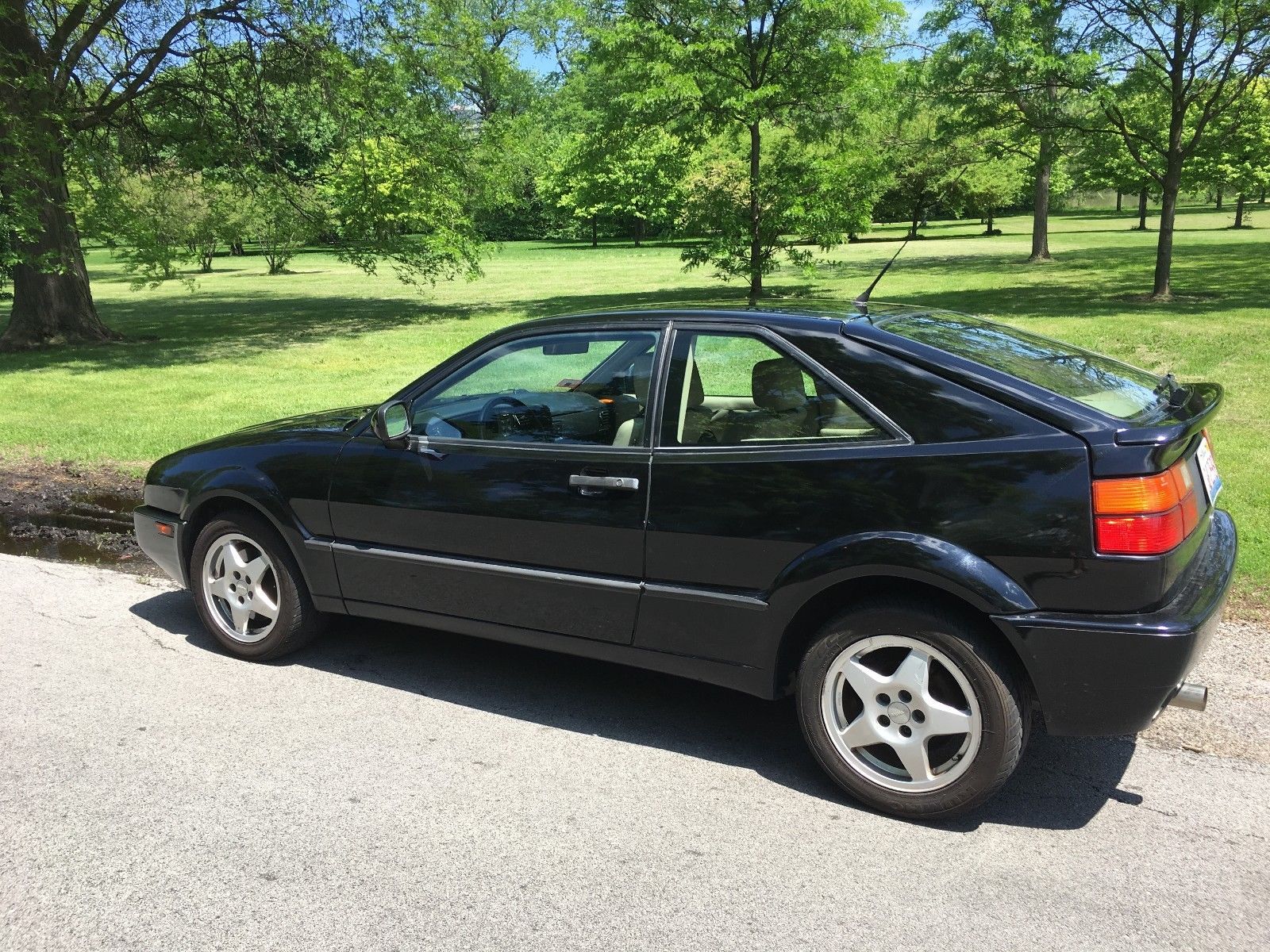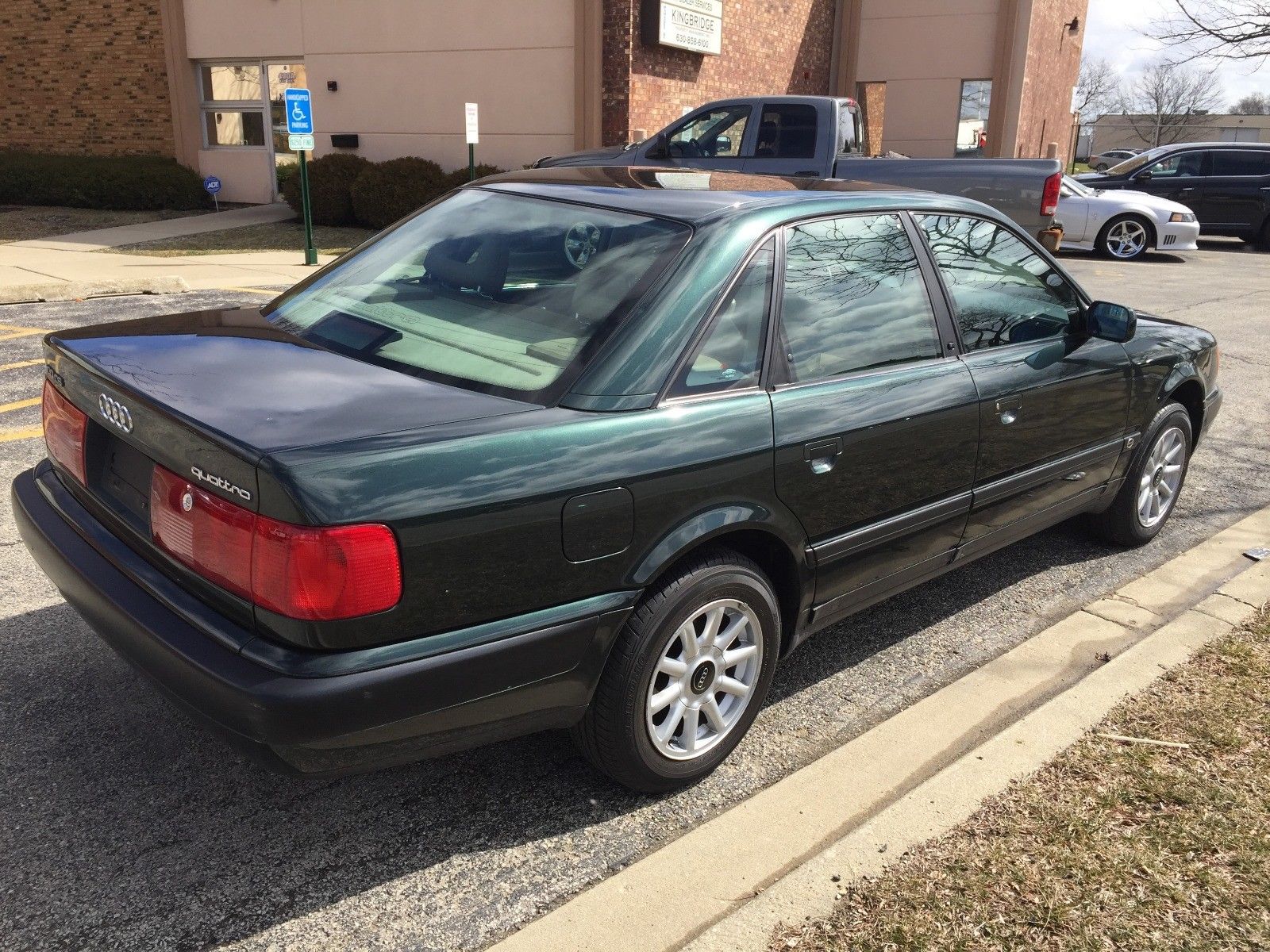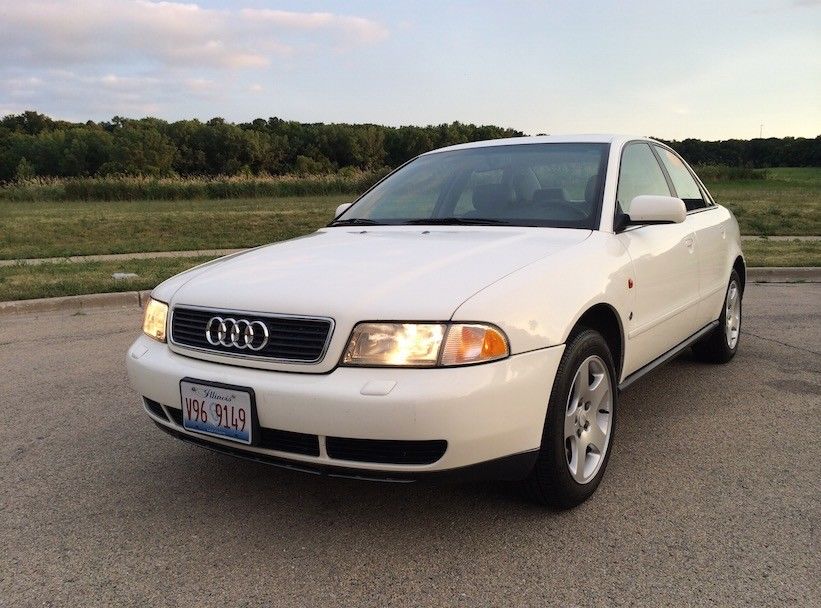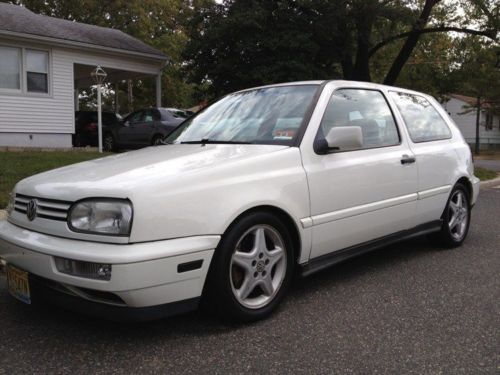When it launched in the late 1980s as a replacement to the ancient Scirocco, the Corrado was Volkswagen’s attempt to appeal to the Porsche crowd. With the supercharged G60 motor that may have been somewhat farcical, but when VW dropped the narrow-angle 2.8 liter VR6 into the nose of their 2-door Coupe it became more of a reality. Though on paper it didn’t have much more power, the VR6 was better suited to the design and weight of the Corrado. Zero to 60 plummeted nearly a second and top speed went up to a then-impressive 137 mph. But it was the all-around flexibility of the motor that proved the winner; torquey at low revs yet happy to head towards the redline, the Corrado finally fulfilled the promise of being a budget P-car.
Unfortunately, there was a price to pay. The base price for a Corrado in 1992 was nearly $22,000. Add a few options in and you were paying more than you did for a Porsche 924S four years earlier. To put it into even more stark perspective, the base price of a much quicker, nicer, more efficient, better cornering, better braking, more technologically impressive and significantly safer GTI today is only $26,415 some 26 years later. As a result, Corrados and especially the SLC have always held a cult status and higher residual value than the rest of the lineup. Today, as they head into collector status, many have been priced out of the market – a trend I’ve looked at several times, with asks of $20,000 and occasionally even more. So it’s refreshing to encounter a reasonable condition driver-quality example that’s priced within the reach of the group these cars appeal to:
